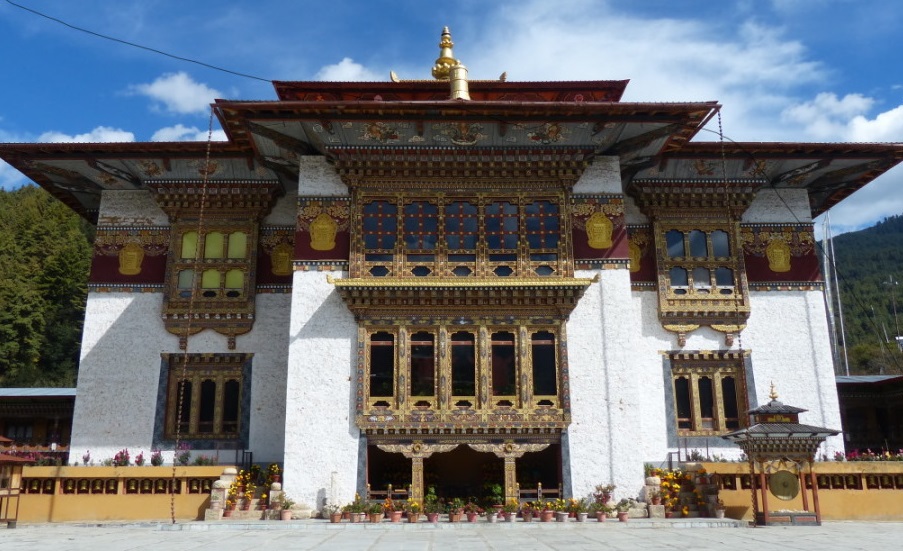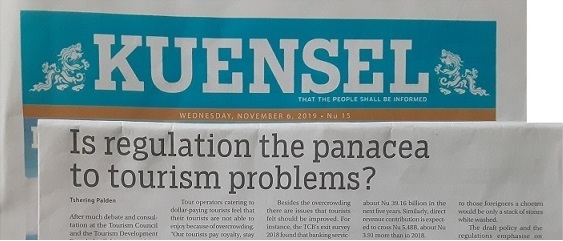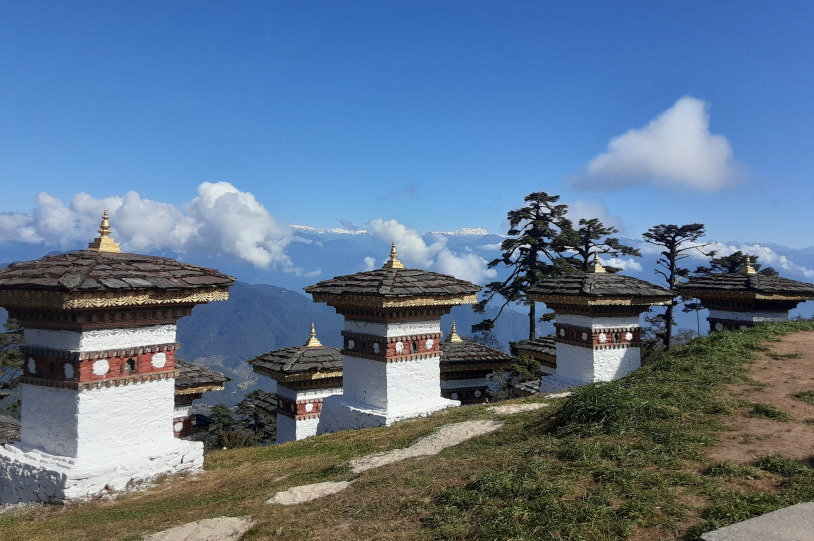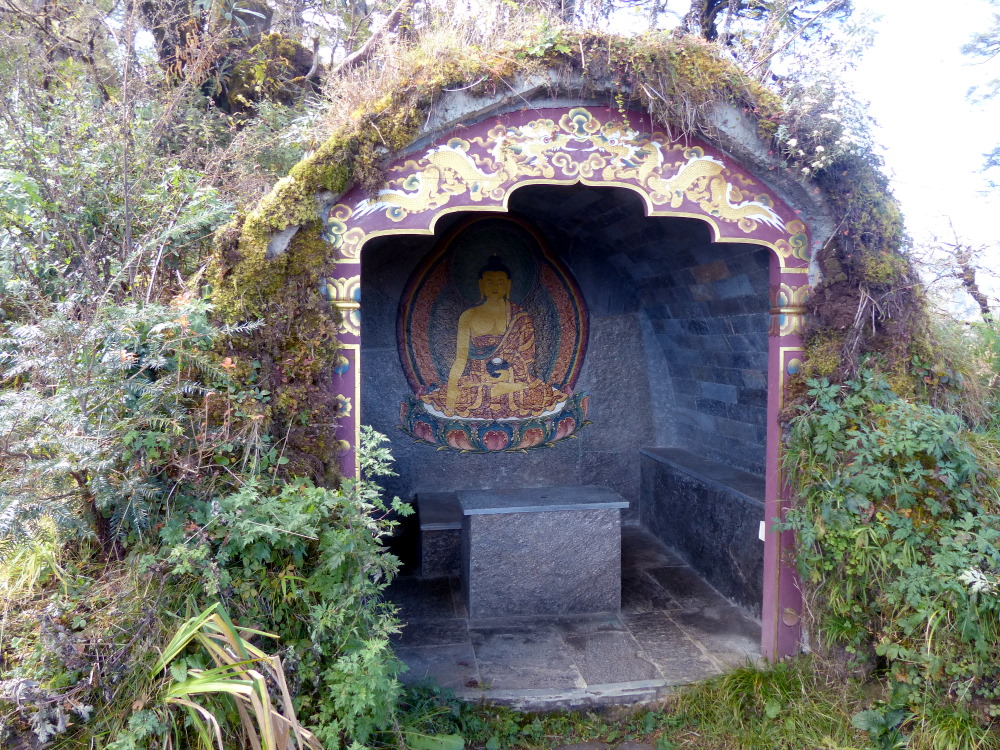
We’d been planning a trip to Bhutan and Nepal for over a year. I had already packed my bag (yes, a month ahead, thank you OCD.) So just two weeks before our trip I was seriously dismayed to read two articles that the “last Shangri La” was overrun with crowds. Plagued by lines, noise and litter at religious sites. No longer the “high value, low impact” tourism it has been touted. As a couple, my husband and I would be paying $500 per day for our stay. Originally we were proud to be supporting education and health care, as a good portion of that fee is taken by the government to invest in services for the population. But how do you swallow that while waiting line with a family who paid only for a tank of gas and an inexpensive guest house?
Even the daily newspaper on the day we arrived included an article with Bhutanese people lamenting the Dochula Pass Incident and calling for change. Did we wait too long? It seems like we should have traveled to Druk Yul several years ago, not in 2019.

I’m happy to say, overcrowding was not our experience at all.
We saw some regional tourists, and some of them had local guides. There were far more non-Asian tourists. No one was noisy or disrespectful at Buddhist sites. Litter was almost nonexistent. And other than the parking lot and starting point for the Tiger’s Nest, nothing was crowded. Perhaps if we had visited ten years ago we would notice a big difference, but for first time visitors to Bhutan, it seemed incredibly tranquil.
In some areas, tourists seemed to focus only on what’s highlighted in TripAdvisor or Lonely Planet, ignoring the beauty just around the corner. For instance, Dochula Pass is a beautiful stop at over 10,000 feet (3100+ meters) of elevation. The view of the Himalayas is phenomenal, and many visitors admire the memorial built there: 108 chortens in the memory of Bhutanese soldiers killed in 2003 war against insurgents. This site is popular: a crowded parking lot as everyone stops for tea and a snack, and there are folks wandering through the stupas taking photos.

But just uphill from the memorial are some paths that lead to ten “meditation caves”. These are man made stone structures, just large enough for a small altar and two benches to sit and reflect. Each has a detailed painting of a deity or dignitary of Bhutan’s history, with paths leading to the next cave. Natural and artistic beauty. And deserted– a short walk from the memorial, yet we were the only ones who ventured among the meditation caves.

Another consideration for avoiding crowds: seeing more of the country. After landing in Paro, we flew to Jakar (in the Bumthang District) in the central part of Bhutan. We then drove west over eight days, returning to Paro. The further we were from the international airport, the fewer people we saw. Konchogsum Lhakhang in Bumthang valley is spectacular. Rebuilt after a fire in 2010, it has the most amazing detailed art inside; a veritable feast for the eyes. And during an hour long stay, we were the only visitors.
My conclusion: It is well worth venturing outside of Paro and Thimpu. Traveling in November near the end of the high season may have also helped.